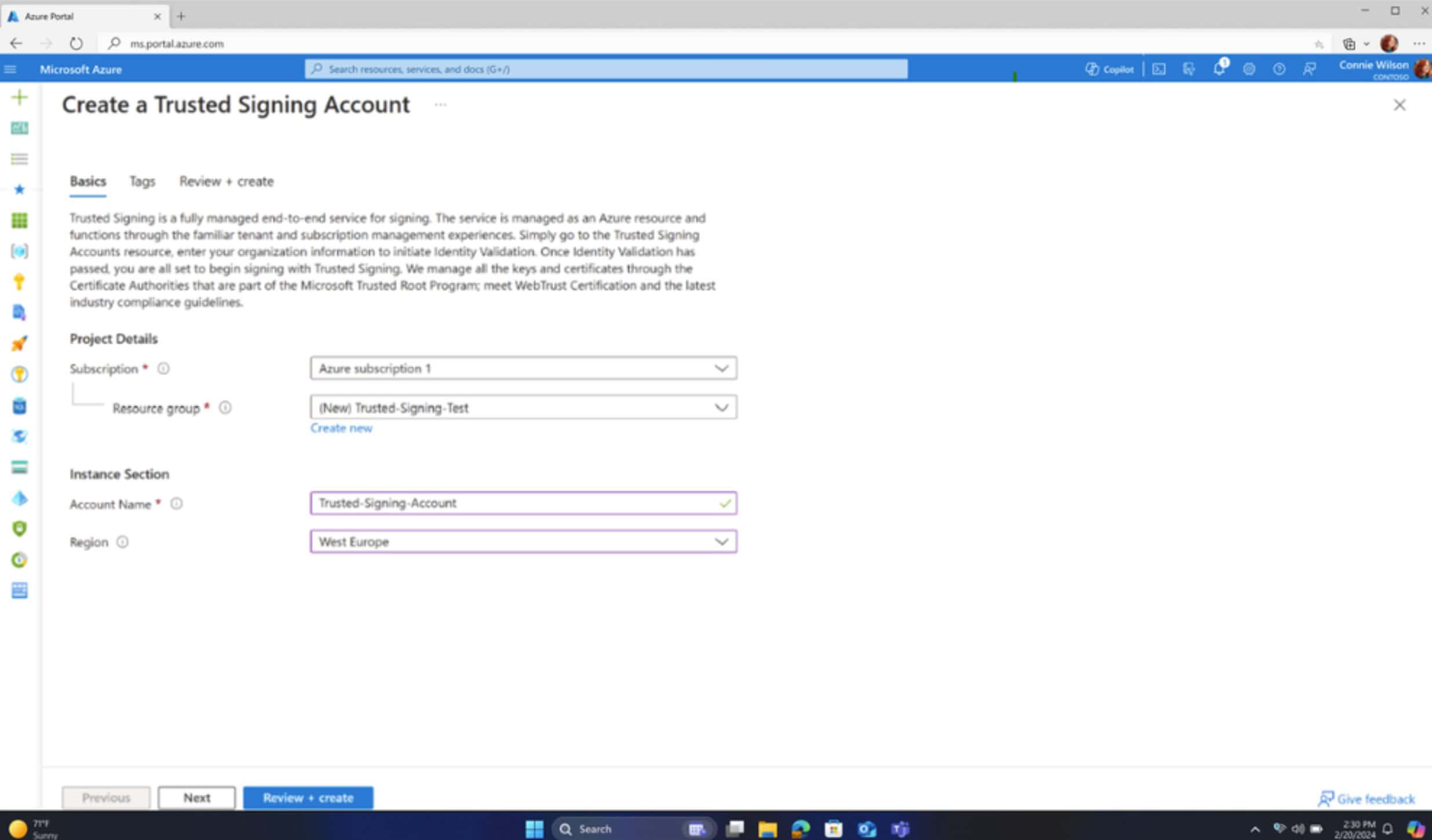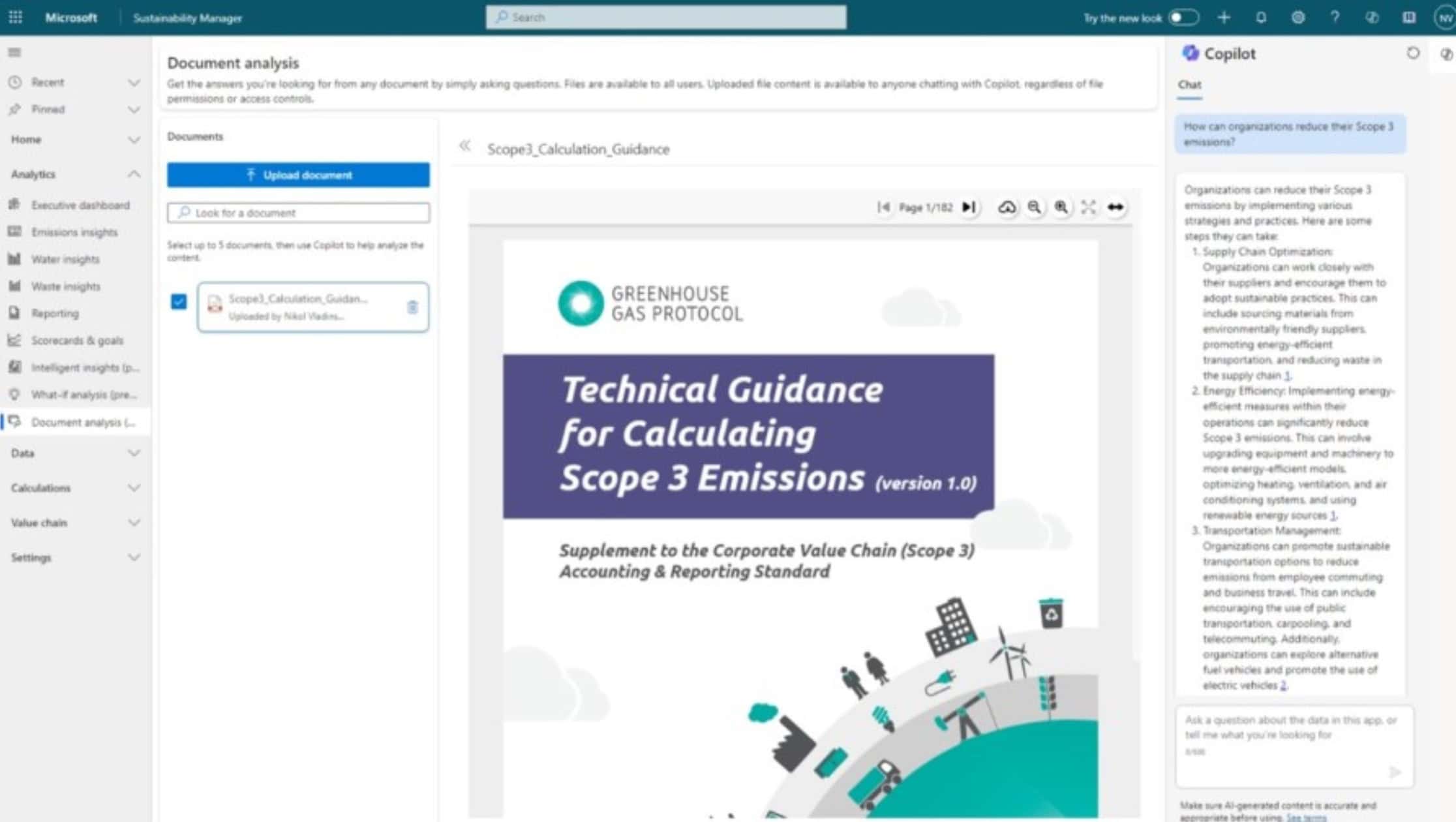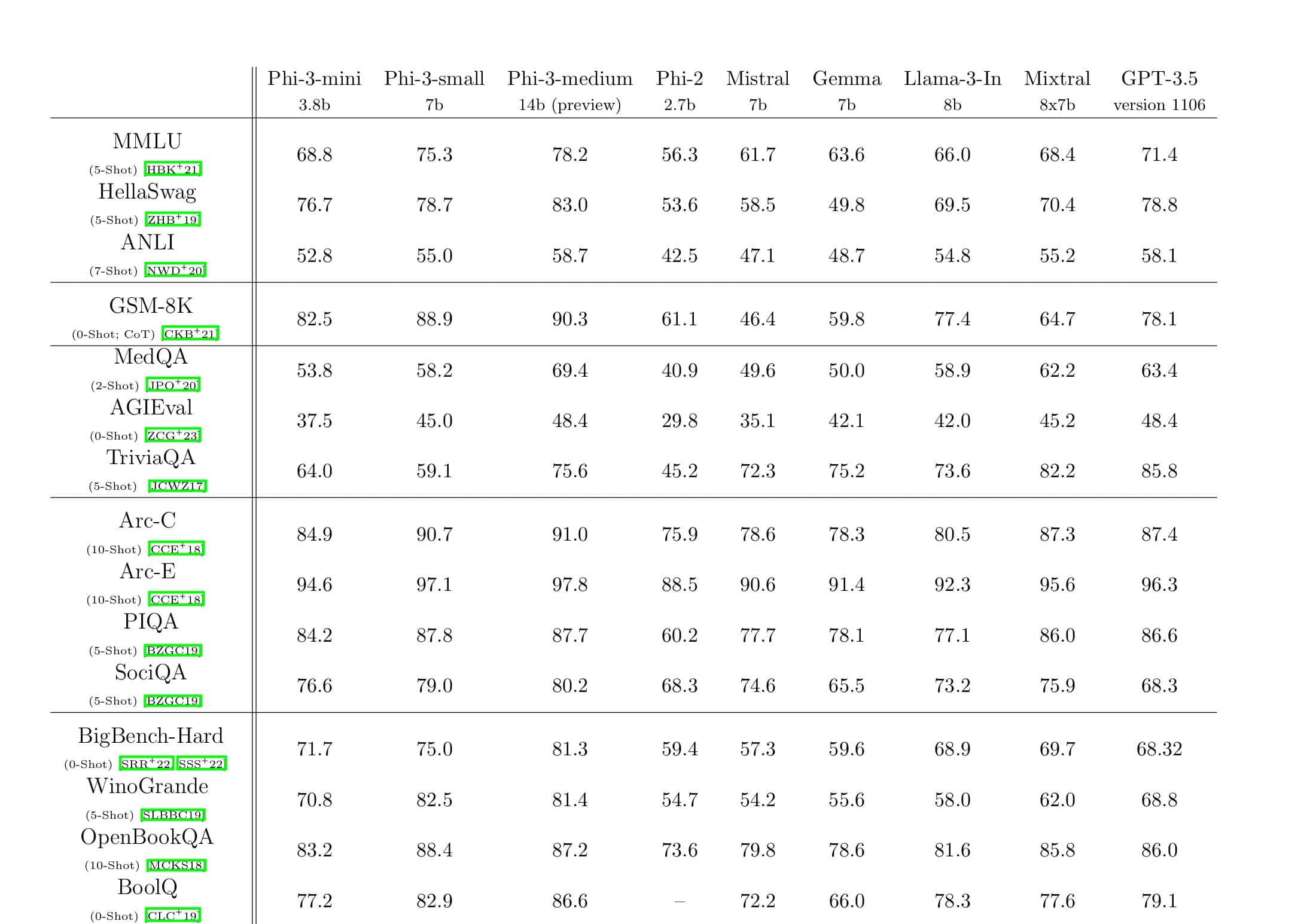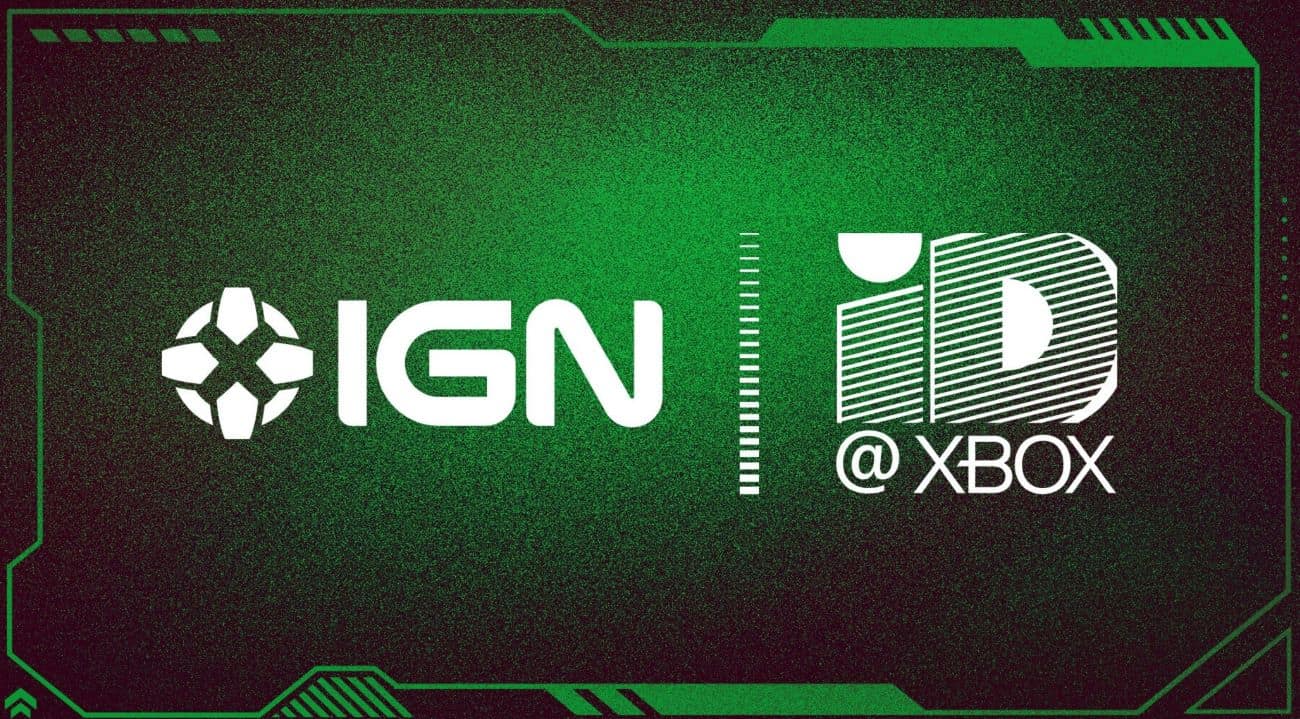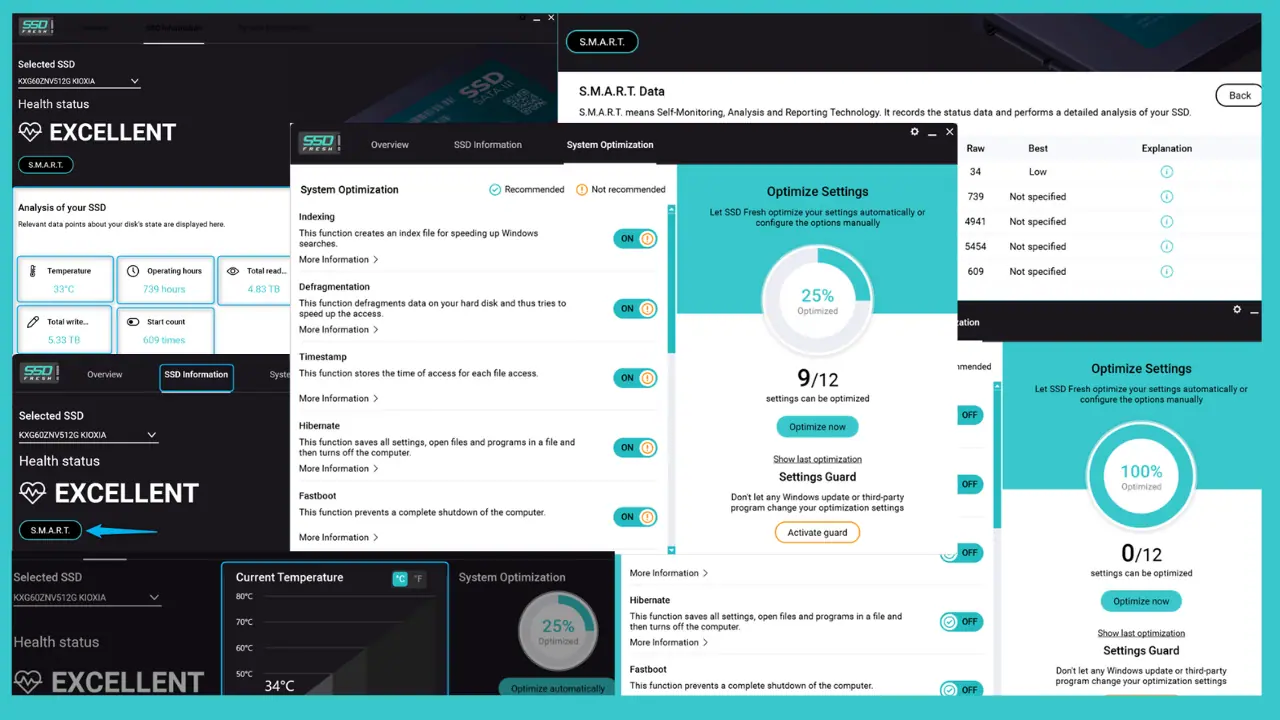Discussion: Google's VP of Design thinks Windows 10 is "just like XP," but is it really?
4 min. read
Published on
Read our disclosure page to find out how can you help MSPoweruser sustain the editorial team Read more
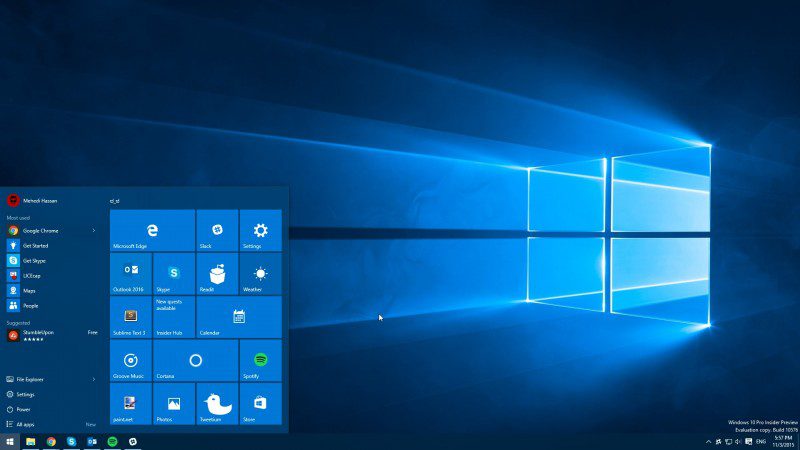
Earlier this morning, Windows fans went ballistic after reading a series of tweets by Google VP of Design Matias Duarte stating that Windows 10 is basically “Windows XP with a flat design”. Duarte defended his tweets stating that he has “no beef with how Windows 10 *looks*”, but he’s just “disappointed it *works* just like XP”. He went on to tweet that Windows 10 is 10 years in the past, and that’s it’s not the future. Now while some may argue that Duarte has a decent point, others feel he’s just trying to politely bash Windows 10, inadvertently praising Android in the process. Is Windows 10 really stuck in the past? And is it really behind other platforms in terms of UX, features, and paradigm?
Man, I struck a nerve! Overly clever tweetbait aside, I've always liked Microsoft was attempting to do with Windows 8 – change the paradigm.
— Matías Duarte (@MatiasDuarte) November 2, 2015
I have no beef with how #Windows10 *looks*. I'm disappointed it *works* just like XP.
I understand that's a feature for many. Not for me!— Matías Duarte (@MatiasDuarte) November 2, 2015
Windows 8 was a major change in UX for Windows desktop users, maybe the biggest change in Windows history, designed to be primarily used on touchscreen devices, without much thought for non-touch. Even the familiar start MENU that we know and love was replaced with a start SCREEN, an element shared with Windows Phone’s Metro UI, consisting of live tiles designed to bring information to the user at a glance. Windows 8 required a huge learning curve for many users who weren’t willing to put in the time to learn it, or who just weren’t willing to change. And though users weren’t willing to learn Windows 8, that we’re willing to complain about it, and in an unprecedented move, Microsoft listened. A giant tech company actually listened to it’s consumers, and decided to make a change based on what consumers actually said they wanted, and not by what they decided consumers wanted. One of the biggest complaints was the lack of the all too familiar start menu, a feature Microsoft promised to return in its new iteration of Windows after 8.1. But choosing to give the best of both worlds and not take steps backwards, Microsoft allowed for the choice of the start menu or the touch-friendly start screen, a choice I still find very helpful to this day depending on the task. Add in A Windows Store with Universal Apps, a voice assistant by the name of Cortana, Snap Assist, and an Action Center and you’ve got yourself an OS that makes certain to set itself apart from a flat version of Windows XP.
#Windows10 ? More like Windows 10 years ago!
— Matías Duarte (@MatiasDuarte) November 2, 2015
Windows 10 is definitely a far cry from the Windows XP OS that we received in 2001, whether SP1, 2, or 3. Although XP defined what it a desktop user experience should be for more than a decade, almost providing productivity at its peak, it and Windows 7 both failed to offer a great experience without external peripherals (i.e mouse and keyboard) in a world where touch screen devices seemingly dominated. And with the rise of the iPad and it’s own productivity suite, Microsoft had to act, and it had to act fast. Windows 10 was conceptualized to be one OS running on multiple devices well before it was what it is today. Microsoft recognized that bringing this touch friendly UI to desktops would secure its position in the PC market in a mobile dominant world, and that’s something XP never set out to do despite what some may think.
@Samuel_vanDam agreed! If Android works the same way as it does today in 10 years – I'll be very very sad.
— Matías Duarte (@MatiasDuarte) November 2, 2015
Android is the biggest player in mobile right now, but it has its roots in Windows Mobile. Google did a great job at picking up where Microsoft left off, and almost every useful feature that Android has implemented sense it’s inception, Microsoft has already or has made plans to implement, including a boatload more. So yes, I am a bit skeptical about this so called “honest criticism” from a rival company who’s greatest fruit bearer has roots in Microsofts ecosystem. The changes from Windows XP to Windows 10 easily dwarf and significant changes from Androids first inception to it’s current inception of Marshmallow, and I think Google knows that now and is feeling the pressure.
What about our readers? Do you feel Microsoft took a step backwards with Windows 10, or is the reason for these series of tweets deeper rooted? Let us know in the comments section below.



